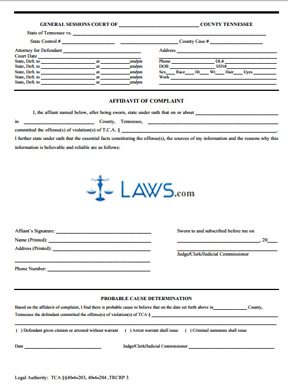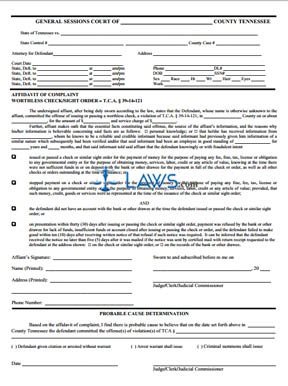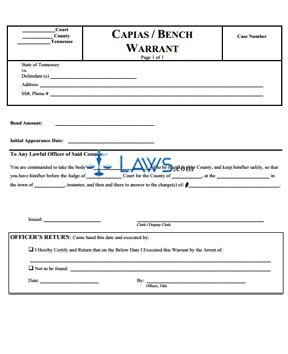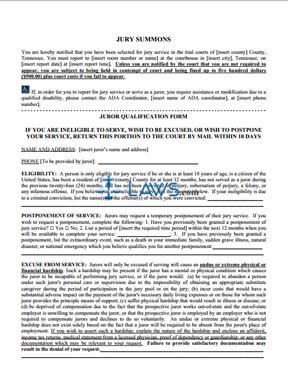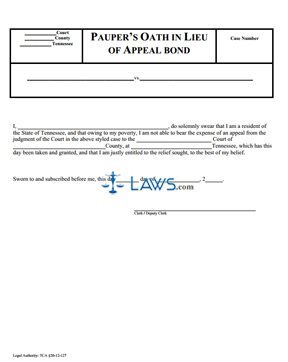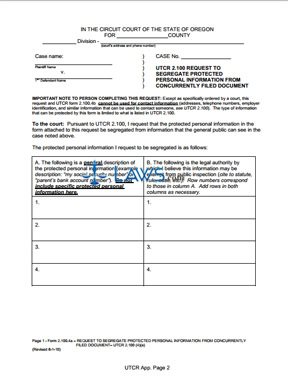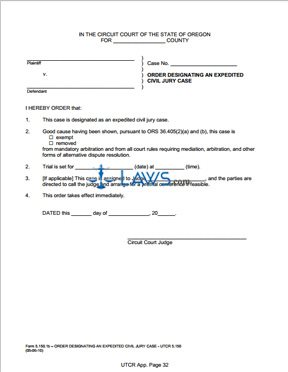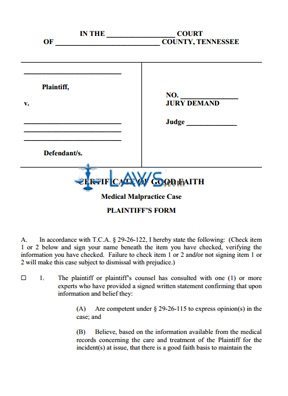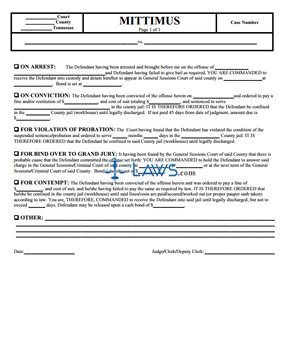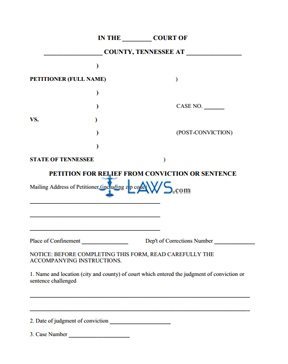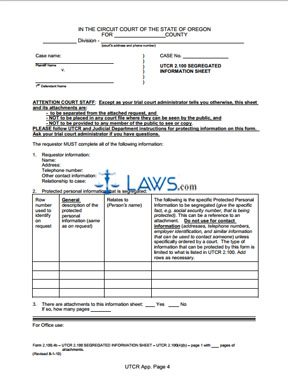Form Complaint
INSTRUCTIONS : COMPLAINT
A complaint is a legal pleading filed in a civil court case that establishes the plaintiff’s case against all named defendants. The complaint is used to both provide the court with notification and basis for the case while also providing notice to the defendants that a case has been filed against them.
In this case, we are using the complaint example used in the state of Arkansas for a lawsuit filed in small claims court. Examples of complaints can also be found online or through legal help services.
The first step for filling out your complaint is to provide the case caption information at the start of the document.
1. You must provide the court name you are filing the complaint, along with any docket information you may have if the case is connected to another civil case.
2. Next you must provide your name, as the plaintiff, and the names of any other individuals you may be representing as co-plaintiffs, such as minor children or dependents.
3. You must next provide the name and address of the defending parties. For a small claims case, this is usually only one party; however, civil lawsuits can often include multiple defendants, all of whom need to be named in the complaint in order to be brought into the case.
4. In our example, you must provide the type of claim you are making, the amount of money you are seeking from the defendant, the date that the event of your claim occurred, and a short explanation of your claim.
5. While only a few lines are provided in the example small claims complaint, you may add additional pages connected to your complaint, detailing the reasons for your claims and listing why you believe your claim is valid.
Provide your signature and address at the bottom of the complaint form and submit your complaint to the court.
6. After your complaint is submitted, the Judge will certify the complaint and the complaint will be sent to the defending parties.
7. Once the defending parties receive notice of the lawsuit and provides an answer, a court date will be given and the case will begin. If the defendant fails to answer to the complaint, a default judgment may be given, which allows you to begin the collection process.

